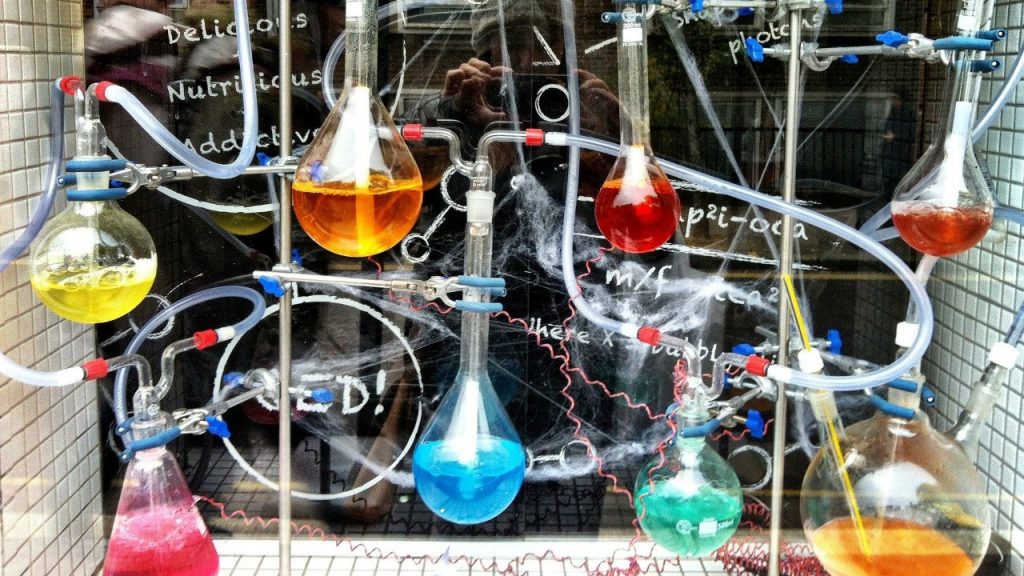
Allergic reactions can range from mild discomfort to life-threatening situations, affecting millions of people worldwide. Understanding the underlying mechanisms behind these reactions is crucial for effective management and prevention. In this blog post, we delve into the fascinating world of histamine, the chemical trigger responsible for allergic reactions. We explore its role, sources, and the intricate interplay between histamine and the immune system. So, let's embark on this scientific journey to unravel the mysteries of histamine!
- The Basics of Histamine:
Histamine is a biogenic amine that acts as a neurotransmitter and immune system mediator. It is synthesized from the amino acid histidine by the enzyme histidine decarboxylase. While histamine is present in various tissues throughout the body, it is primarily stored in mast cells and basophils, ready to be released upon stimulation. - Allergic Reactions and Histamine Release:
When the immune system encounters an allergen, such as pollen or certain foods, it triggers an immune response. This response involves the activation of mast cells and basophils, leading to the release of histamine. Histamine then binds to specific receptors, namely H1, H2, H3, and H4, initiating a cascade of events that result in the characteristic symptoms of an allergic reaction. - Histamine and Inflammation:
Histamine plays a pivotal role in the inflammatory response associated with allergies. Upon binding to H1 receptors on nearby blood vessels, histamine causes vasodilation and increased permeability, leading to redness, swelling, and itching. Additionally, histamine stimulates the production of other inflammatory mediators, amplifying the immune response. - Histamine Intolerance:
While histamine is essential for normal physiological functions, some individuals may experience histamine intolerance. This condition arises when the body is unable to efficiently break down histamine, leading to an accumulation of this chemical. Symptoms of histamine intolerance can mimic allergic reactions and may include headaches, digestive issues, and skin problems. Understanding the triggers and managing histamine levels is crucial for individuals with histamine intolerance. - Managing Histamine-Mediated Allergic Reactions:
To alleviate allergic symptoms, various medications target histamine receptors. Antihistamines, for example, block the effects of histamine by binding to H1 receptors, providing relief from itching, sneezing, and watery eyes. Other treatment options include corticosteroids to reduce inflammation and immunotherapy to desensitize the immune system to specific allergens.
Conclusion:
Histamine, the chemical trigger behind allergic reactions, plays a central role in the immune response and inflammation. By understanding the intricate mechanisms involving histamine release, receptor activation, and subsequent symptoms, we can develop more effective strategies for managing and preventing allergic reactions. Whether it's through targeted medications or lifestyle modifications, the quest to tame histamine continues, offering hope for a better quality of life for allergy sufferers worldwide.





